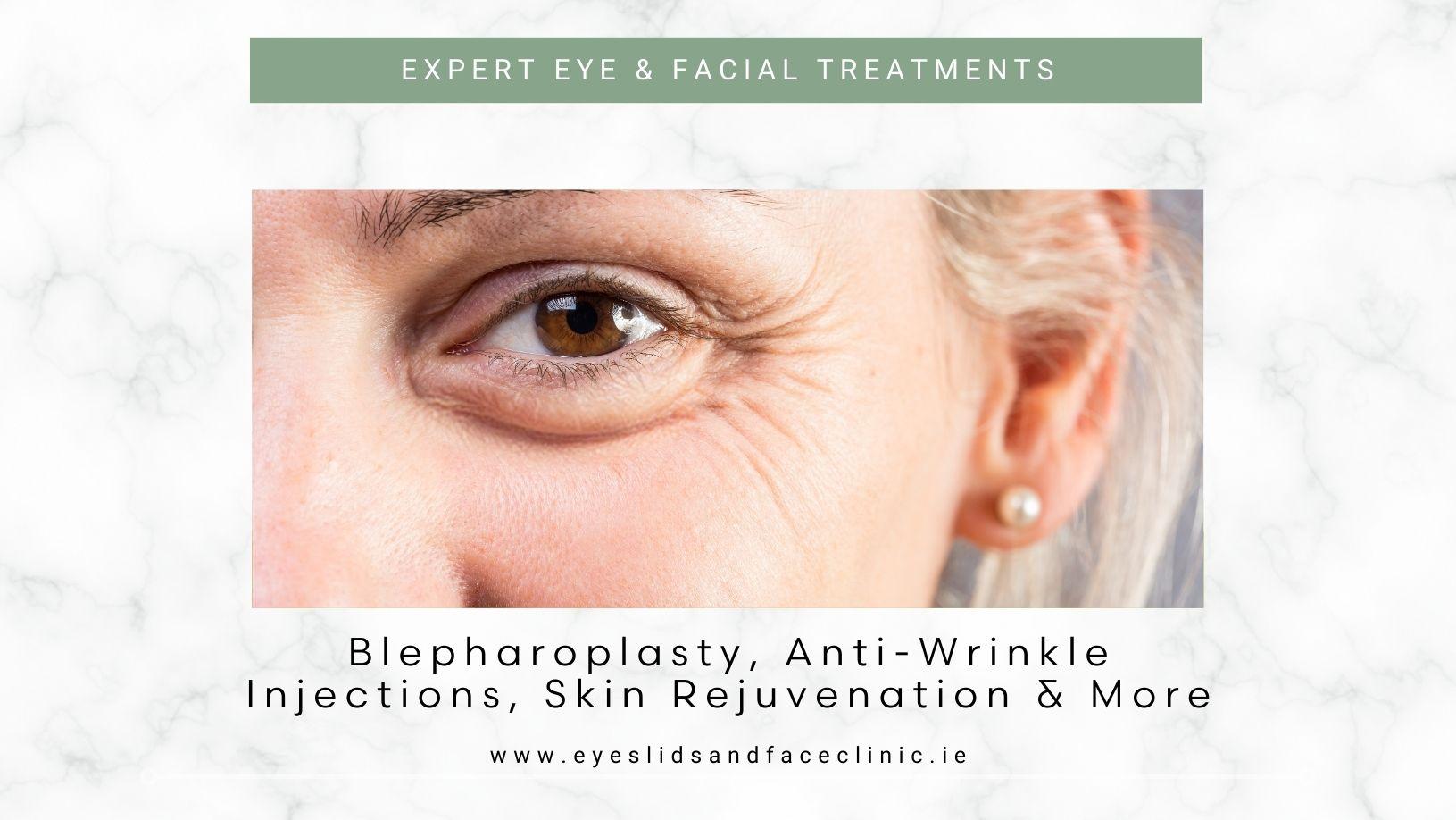Age-related macular degeneration (AMD) is a chronic eye disease that affects the macula, a small area near the center of the retina that is responsible for central vision. AMD is the leading cause of vision loss among adults over the age of 50, and as the name suggests, it is more common in older adults.
Types of AMD:
There are two types of AMD: dry and wet.
- Dry AMD:
Dry AMD is the more common type, accounting for about 85-90% of cases. In this form of the disease, the light-sensitive cells in the macula begin to break down, causing gradual vision loss. Symptoms may include blurred vision, difficulty reading or recognizing faces, and the need for brighter light when reading or performing close-up work.
- Wet AMD:
Wet AMD is less common but more severe. In this form of the disease, abnormal blood vessels grow beneath the macula and leak fluid, causing damage to the macula and rapid vision loss. Symptoms may include distorted or wavy vision, a blind spot in the center of your vision, and difficulty seeing colors.
Risk Factors for AMD:
Several factors can increase the risk of developing AMD, including:
- Age: AMD is more common in older adults, with the risk increasing significantly after age 60.
- Family history: If you have a family member with AMD, you are at a higher risk of developing the disease.
- Smoking: Smoking is a significant risk factor for AMD, as it can damage the blood vessels in the eye and increase inflammation.
- Obesity: Being overweight or obese can increase the risk of AMD.
- Race: AMD is more common in Caucasians than in African Americans or Hispanics.
Diagnosis and Treatment:
A comprehensive eye exam is the best way to diagnose AMD. During the exam, the eye doctor will dilate your pupils and examine your retina for signs of the disease. They may also perform tests to measure your visual acuity and check for distortion or changes in your central vision.
There is no cure for AMD, but several treatments can help slow its progression and preserve vision. Treatment options may include:
- Lifestyle changes: Eating a healthy diet, exercising regularly, and not smoking can help reduce the risk of AMD.
- Anti-VEGF injections: Injections of medication can help slow the growth of abnormal blood vessels in wet AMD.
- Photodynamic therapy: A special medication is injected into the bloodstream, which is activated by a laser to destroy abnormal blood vessels.
- Low-vision aids: Special devices such as magnifying lenses or electronic magnifiers can help people with advanced AMD see better.
Conclusion:
AMD is a chronic eye disease that can cause significant vision loss if left untreated. Regular eye exams and early detection are crucial to slow the progression of the disease and preserve vision. If you are over the age of 50 or have any concerns about your vision, speak to an eye doctor for a comprehensive evaluation. Remember, lifestyle changes and treatment options can help manage AMD and preserve your vision.




